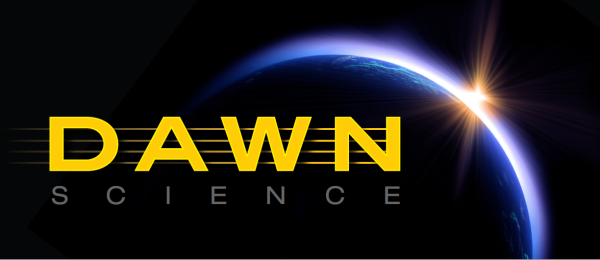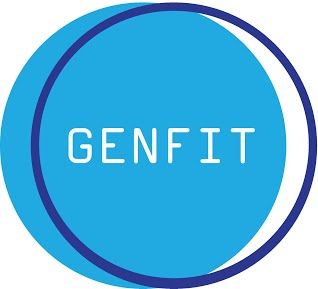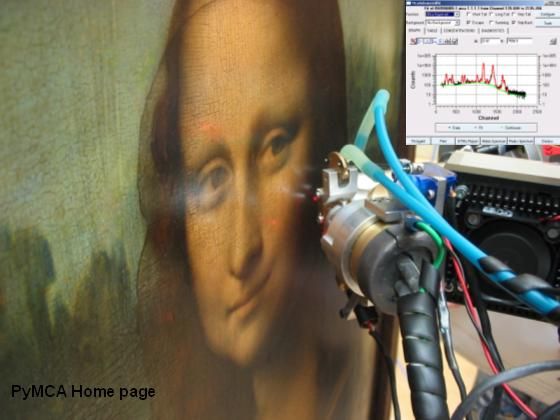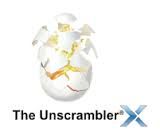Software

DAWN
DAWN, the Data Analysis WorkbeNch, is an Eclipse based application for scientific data analysis. It comes with a range of tools for visualization (1D, 2D and 3D), code development environments (for Python, Jython and Eclipse plug-ins) as well as processing workflows with visual algorithms for analyzing scientific datasets. It is primarily developed at Diamond Light Source, but external contributions are most welcome! DAWN is distributed freely and is released under the Eclipse Public License.

GENFIT (and SASMOL)
GENFIT is a software tool for analysing small-angle scattering (SAS) data from X-ray (SAXS) or neutron (SANS) experiments. It reads in a set of one-dimensional scattering curves and fits them using different kinds of models. SAS curves calculated from a model can be smeared to allow for the instrumental resolution. The user can fit the experimental data selecting one or more models from a list including more than 30 models, starting from simple asymptotic behaviours (Guinier's law, Porod's law, etc.) down to complete atomic structures. Some models, which are defined in terms of both form and structure factors, take into account the interactions between particles in solution. GENFIT is able to simultaneously fit more SAS curves via a unique model or a mixture of models. In the latter case, some specific model parameters can be shared by any selection of the experimental curves. Model parameters can be related to the experimental chemical-physical conditions (temperature, pressure, concentration, pH, etc.) by means of link functions, which can be freely defined by the user. On the other hand, GENFIT can be used to generate theoretical SAS curves from a given model and/or from the knowledge of the species in solution. It can hence be a useful instrument to find the optimum experimental conditions for a planned SAS experiment. GENFIT is written in Fortran. Versions 2.0 and higher make use of a graphical user interface (GUI) to manage input files and execute the calculations.

iFit
The iFit library (pronounce [eye-fit]) is a set of methods to load, analyse, plot, fit and optimize models, and export results. iFit is based on Matlab, but can also be launched without Matlab license (stand-alone version).Matlab It does not currently include advanced graphical user interfaces (GUI), and rather focuses on doing the math right. Any text file can be imported straight away, and a set of binary files are supported. Any data dimensionality can be handled, including event based data sets (even though not all methods do work for these). Any model can be assembled for fitting data sets. Last, a number of routines are dedicated to the analyses of S(q,w) and S(alpha,beta). More advanced features include the full automation to compute phonon dispersions in materials, using DFT codes such as ABINIT, ELK, VASP, QuantumEspresso, GPAW and more (Models/sqw_phonons). The software can also compute the neutron TAS resolution function (4D) and fits to experimental data with full resolution convolution (ResLibCal). An interface for McStas and McXtrace is also available to automate and optimize instrument simulations.

PyMca
X-ray Fluorescence Toolkit (visualization and analysis of energy-dispersive X-ray fluorescence data). . The program allows both interactive and batch processing of large data sets and is particularly well suited for X-ray imaging. Its implementation of a complete description of the M shell is particularly helpful for analysis of data collected at low energies. It features, among many other things, the fundamental parameters method

Unscrambler X
Commercial software product for multivariate data analysis, used for calibration of multivariate data which is often in the application of analytical data such as near infrared spectroscopy and Raman spectroscopy, and development of predictive models for use in spectroscopic analysis of materials. Unscrambler X was an early adaptation of the use of partial least squares (PLS). Other techniques supported include principal component analysis (PCA), 3-way PLS, multivariate curve resolution, design of experiments, supervised classification, unsupervised classification and cluster analysis.
- ← Previous
- 1
- Next →

